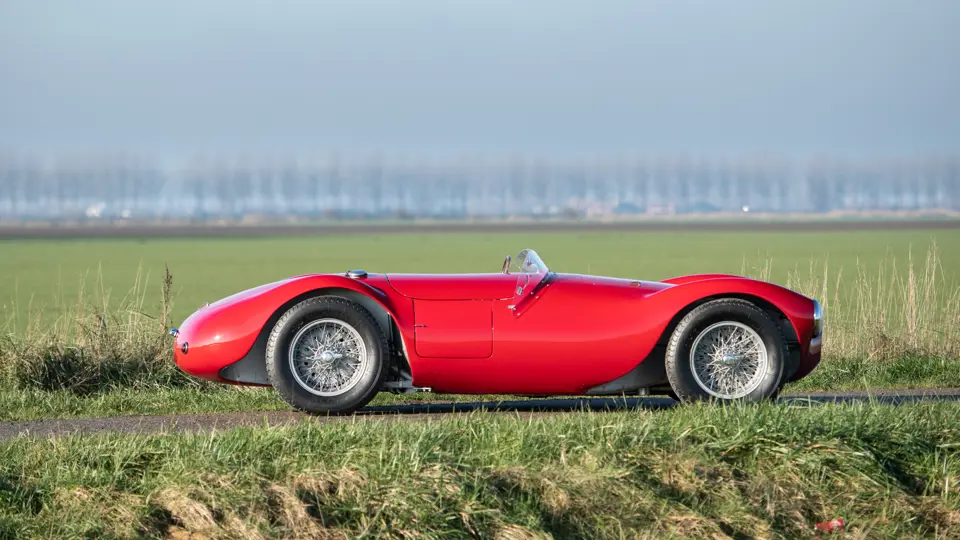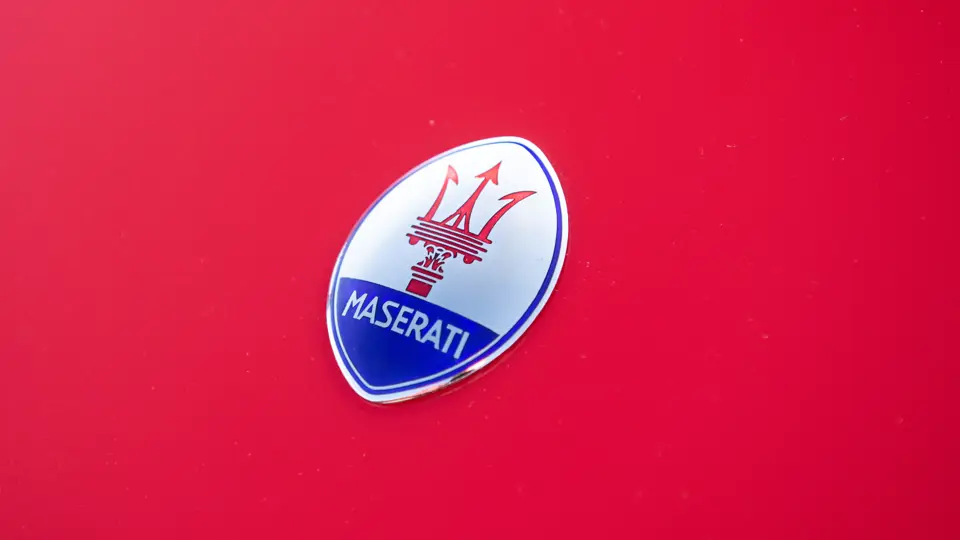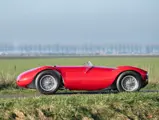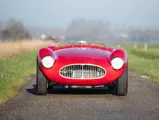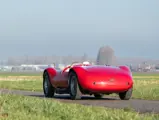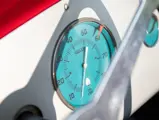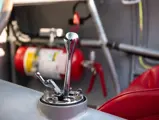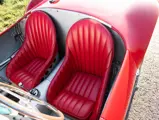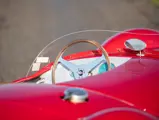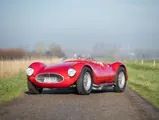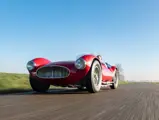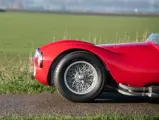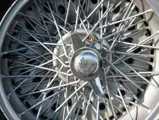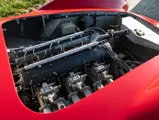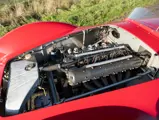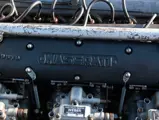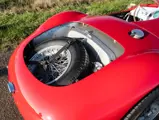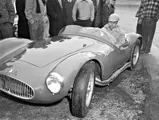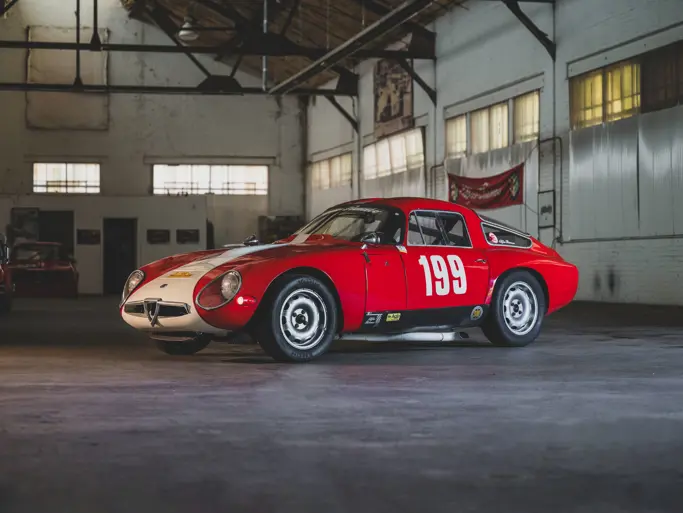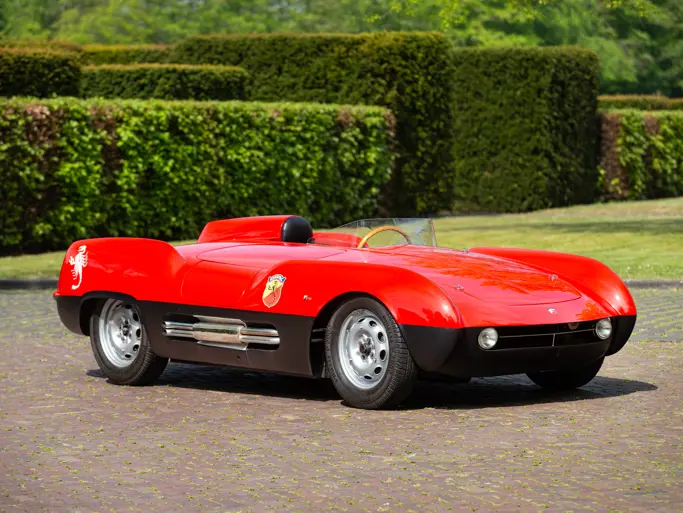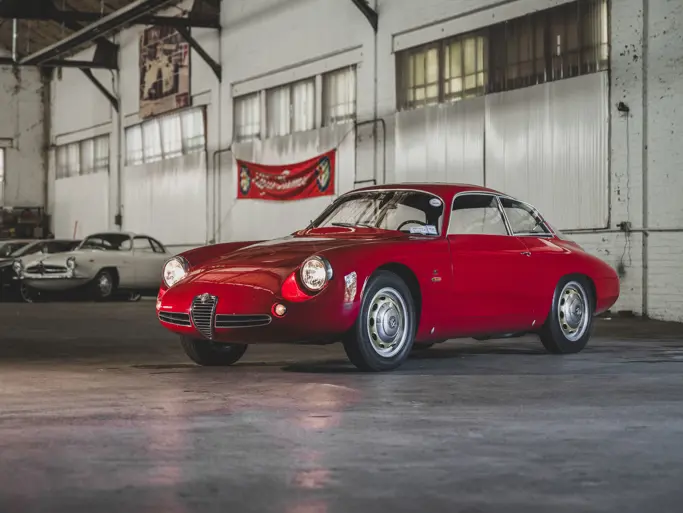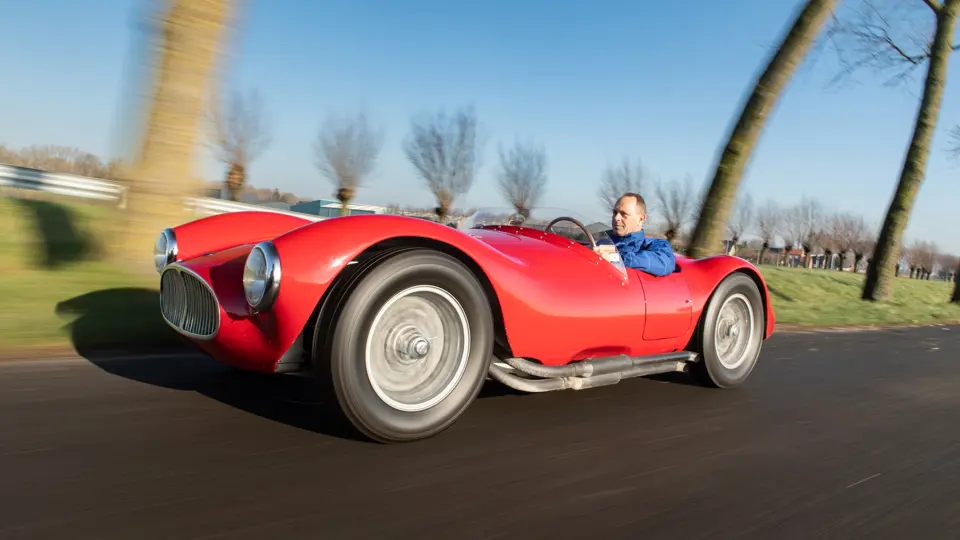
1953 Maserati A6GCS/53 Spyder by Fantuzzi
{{lr.item.text}}
$2,590,000 USD | Sold
{{bidding.lot.reserveStatusFormatted}}
- Approximately the 11th of 52 examples built
- Driven by racing legend Juan Manuel Fangio during a December 1953 customer demonstration
- Numerous podium finishes during period SCCA racing
- Equipped with correct-type A6GCS/53 engine, no. 2067, as well as correct-type gearbox
- Class winner at the 2009 Shell Historic Maserati Challenge and 2009 Monterey Historics
- Successfully completed the Mille Miglia Storica and the Colorado Grand
- Documented with separate history reports by Italian Car Registry principal John De Boer and marque expert Walter Baumer, FIA Heritage Certificate, FIVA Identity Card, magazine articles, period and restoration photos, and service invoices
ERNESTO’S DREAM
Throughout its illustrious history, Maserati has built several notable competition models, but few can compare to the low-volume, hand-built sports cars the company manufactured during the 1950s. Among this splendid output, one model in particular stands out for its exquisite coachwork, advanced engineering, and competition success—the beguiling A6GCS/53.
The genesis of the A6GCS can be traced to the racing doldrums of World War II, when Ernesto Maserati conceived of a new race car powered by a naturally aspirated 2.0-liter single overhead-cam inline six-cylinder engine. The model was to be named A6G, with the “A” honoring his late brother Alfieri, and the “G” denoting a cast iron (ghisa) block.
By the late 1940s, the A6G 1500 had assumed the mantle of a civilized road car, while the subsequent A6GCS and A6GCM respectively embodied sports car and grand prix racing iterations. Despite continuing with the original ghisa nomenclature, the engine was developed into an aluminum variant that ideally lowered weight for racing applications.
In 1952, Maserati hired the famed ex-Ferrari engineer Gioacchino Colombo and tasked him with making the A6GCS a more consistent winner. Colombo revised the engine dimensions to a larger bore and shorter stroke, favorable for higher revving, while integrating dual camshafts, larger valves, and twin-plug ignition. He also discarded the first-series sports chassis in favor of the monoposto (single-seat) chassis, which was duly widened for two seats.
The resulting A6GCS/53 was produced in a smattering of 52 examples over the next two years, 48 of which were clothed in voluptuous spyder coachwork pounded from aluminum into a design by Medardo Fantuzzi. The new model was very successful in competition, taking a class win at the 1953 Mille Miglia, 2nd and 3rd overall at the 1953 Targa Florio, 2nd at the 12 Hours of Pescara, and overall wins at circuits such as Caserta, Avellino, and the Giro dell’Umbria. During these triumphs, the A6GCS/53 was piloted by many of the era’s most famous racing drivers, including Juan Manuel Fangio, Roy Salvadori, and the Marquis de Portago.
Prized for its torque-happy delivery and nimble handling, the A6GCS/53 set a new standard for a free-revving 2.0-liter competition car, and the model has since evolved into one of today’s most collectable 1950s sports racers, offering delightful driving characteristics and sublimely sculpted aesthetics.
A BRUSH WITH GREATNESS
Claiming a period competition record and use as a factory demonstrator by one of racing history’s most celebrated figures, this A6GCS/53 benefits from fastidious care by dedicated owners, resulting in an exquisite example of Maserati’s celebrated spyder. Chassis 2053 is approximately the 11th example built in the 1953 style, and according to Maserati A6GCS, a 2022 book by marque experts Walter Baumer and Jean-Francois Blachette, this car completed assembly in October 1953. It was painted red and fitted with distinctive components, including a wide windscreen and a chromed front grille with 13 vertical bars on either side of the central bar. Ordered by the American importer Tony Pompeo for use as a demonstration car, 2053 was immediately shipped to New York City.
In December 1953, a group of automotive journalists and potential customers gathered at Thompson Speedway in Connecticut to watch Pompeo’s presentation, which included a demonstration by the legendary Juan Manuel Fangio, as part of his contract as a Maserati factory driver. A month later the A6GCS/53 was exhibited at the second World Motor Sports Show at Madison Square Garden.
RACING IN AMERICA
In February 1954 the Maserati was sold to its first private owner, Donald McKnought of Cranford, New Jersey, and he immediately entered the car in the 12 Hours of Sebring. The A6GCS/53 was driven there by McKnought and William Eager for 66 laps before a minor crash forced an early retirement. In early May, the spyder returned to competition at Andrews Air Force Base in Washington, DC, finishing 6th in the preliminary race before achieving 8th overall in the President’s Cup. A week later 2053 was driven at Suffolk County Air Force Base in New York by Bill Lloyd, who roared to an impressive 2nd overall finish. McKnought re-assumed driving duties in July at the Giant’s Despair Hillclimb in Pennsylvania, where the spyder won its class and finished 9th overall.
In 1955 McKnought sold the Maserati to Fritz Koster, the namesake of the Koster & Keunen cosmetics company, and the car experienced a brief hiatus from racing. In 1958, the Maserati was acquired by Ben and James Diaz, brothers who managed an eponymous body shop in Turnersville, New Jersey. Intent on further competition use, the new owners added a roll cage, an external rearview mirror, and a trident badge within the grille opening. Ben Diaz then drove the spyder to a 3rd-in-class win and 13th overall finish at Marlboro Motor Raceway in April 1958.
The Maserati went on to participate in a slew of races at the Vineland Speedway, a new circuit that was built close to the Diaz brothers’ New Jersey home. In April 1959, Ben Diaz finished 4th in the preliminary contest before roaring to a 2nd-place finish in the main event. Chassis 2053 raced at Vineland four more times by year’s end, achieving two 2nd-place finishes and two 3rd-place finishes.
Over the ensuing winter, the Diaz brothers replaced the factory drivetrain with a Chevrolet V-8 engine and transmission sourced from a Corvette and installed a Dana 44 rear axle. In this configuration the A6GCS/53 won the modified class at Vineland in April 1960, while two more appearances at Vineland in spring 1960 resulted in 4th and 5thoverall finishes.
LIFE AFTER RACING
In 1961, Gus Buscham of Iona, New Jersey purchased the Maserati and kept the car for four years before selling it, without the engine, in June 1965 to a teacher named Louis Casazza, who proceeded to install his own Chevy V-8. Remarkably, Casazza went on to retain possession of 2053 for 24 years before selling it in 1989 to Frank Mandarano, the respected Italian car enthusiast known for running the Maserati Information Exchange and publishing the magazine Viale Ciro Menotti. Mandarano reportedly installed a purpose-built replacement engine and went on to present the car at marque events for several years, including the Radunno Internazionale Maserati in 1994.
In 1995, Mandarano sold the Maserati to Japanese collector Hiroshi Kobayashi, who commissioned a substantial restoration by the respected Nino Epifani in Northern California, after which Kobayashi enjoyed the car in touring events such as the 1995 and 1997 Colorado Grand. Offered for sale in August 1998, the A6GCS/53 was purchased by Dr. Julio Palmas of Texas, and he returned the car to Epifani for additional restoration measures, including replacement of the Chevy transmission with a correct A6GCS/53 gearbox, and removal of the American rear axle in favor of a correctly specified component that was newly manufactured in Italy.
Sold in 2004, the Maserati passed to a pair of American collectors two years later, and during this period the car garnered a class win and the Most Desirable award at the 2004 New Hampshire International Speedway Concours d’Elegance, as well as the Sid Colberg Award at the 2004 Hillsborough Concours d’Elegance. It also took a class win at the 2009 Shell Historic Maserati Challenge at Infinion Raceway and finished second at the 2009 Monterey Historics. Of particular note, the owner sourced a correct A6GCS/53 engine (stamped number 2067), which was eventually installed for optimal mechanical authenticity.
During its most recent chapter, the A6GCS/53 has been enjoyed in additional vintage events, having successfully completed the 2014 and 2015 Mille Miglia Storica, and the 2015 and 2016 Zoute Grand Prix, a two-day rally in Belgium. The spyder was also a class winner at the 2014 Concours d’Elegance Paleis Het Loo, and it was featured in the July 2016 issue of Auto Italia magazine, and a 2015 issue of the Dutch magazine GTO.
The A6GCS/53 has been devotedly maintained in recent years, with invoices on file demonstrating a host of minor corrections and fastidious service. In 2019, the veteran automotive writer Rick Carey testified to the spyder’s quality when he pronounced the car to be “perfection” and “faultless,” adding that it was presented with “the best race car preparation [he had] ever seen.”
Ideal for further exhibition at top-shelf concours events worldwide, this exquisite Maserati is eligible for the finest vintage racing and touring events around the globe, including the Mille Miglia Storica, the Le Mans Classic, and the Colorado Grand. It is desirably documented with separate reports by John De Boer and Walter Baumer, period photographs, magazine articles, a 2009 FIA Heritage Certificate, a 2013 FIVA Identity Card, and recent service invoices. Exuding the essence of its era, chassis 2053 invites the consideration of passionate Maserati enthusiasts everywhere, sure to thrill with its sensual curves and scintillating performance.


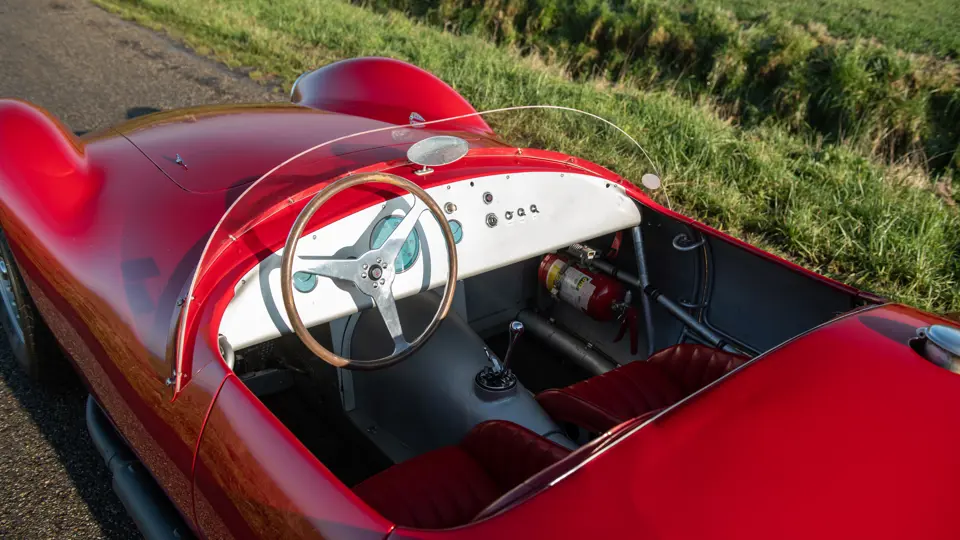

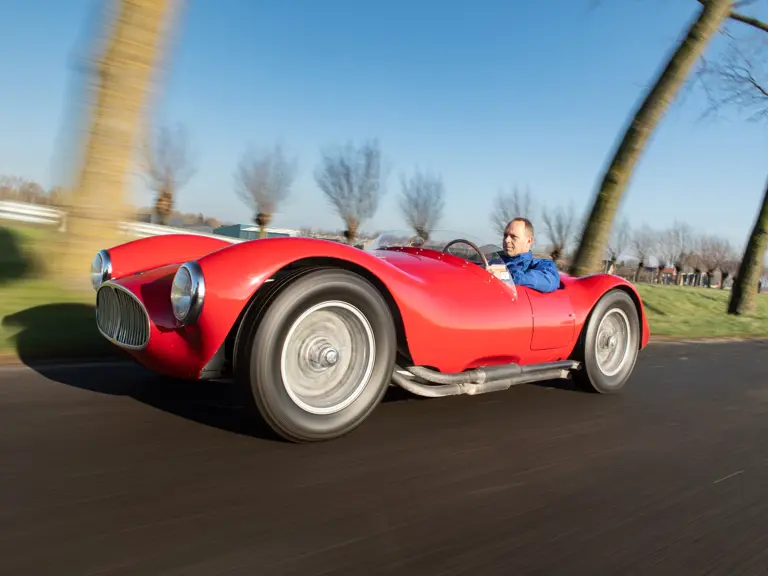
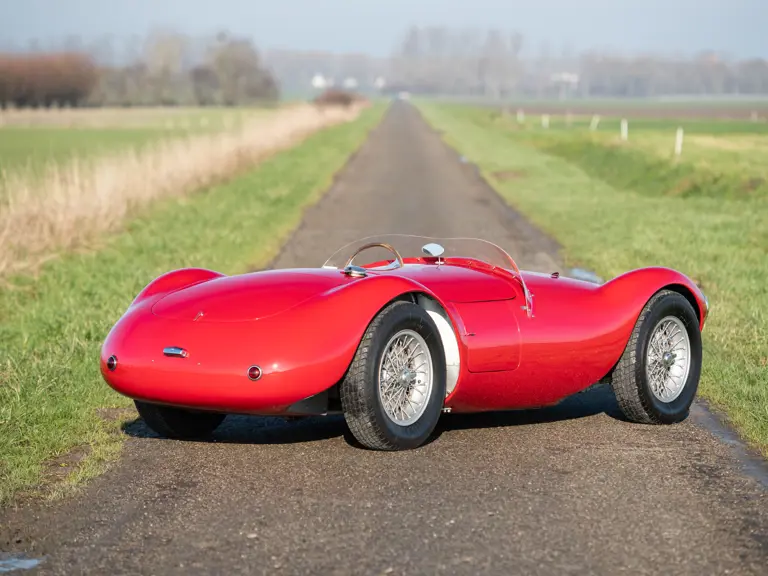
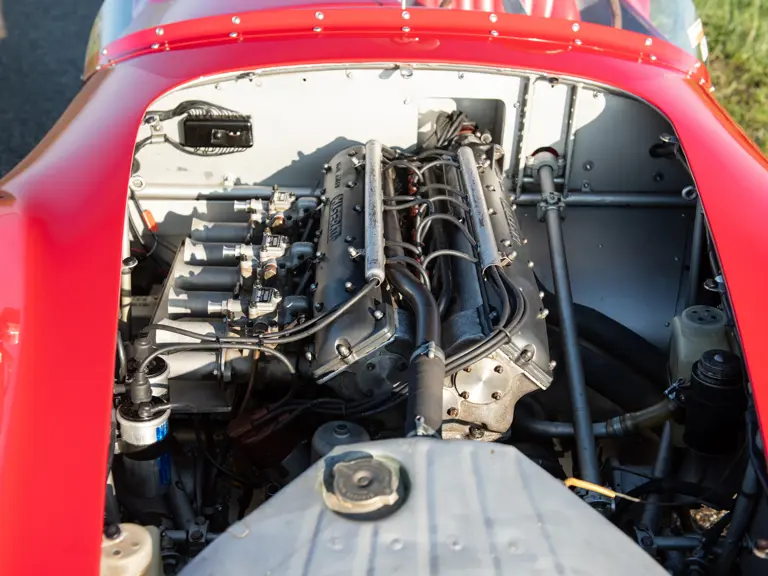

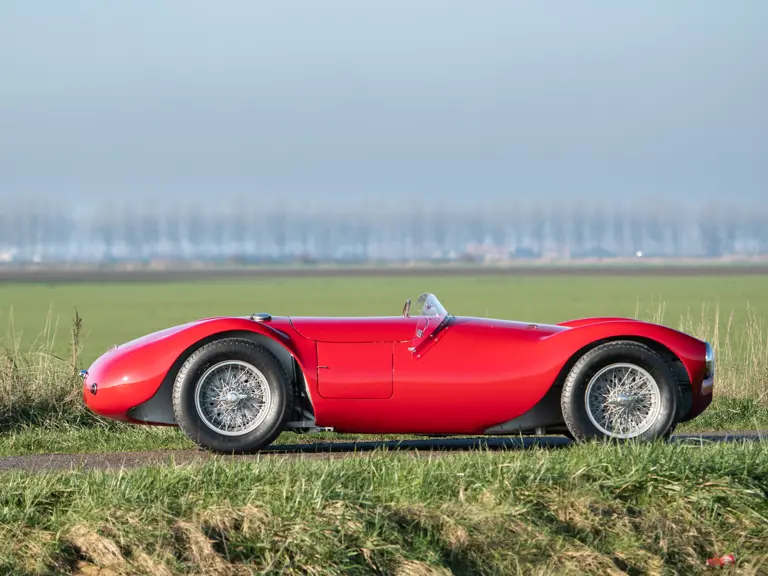
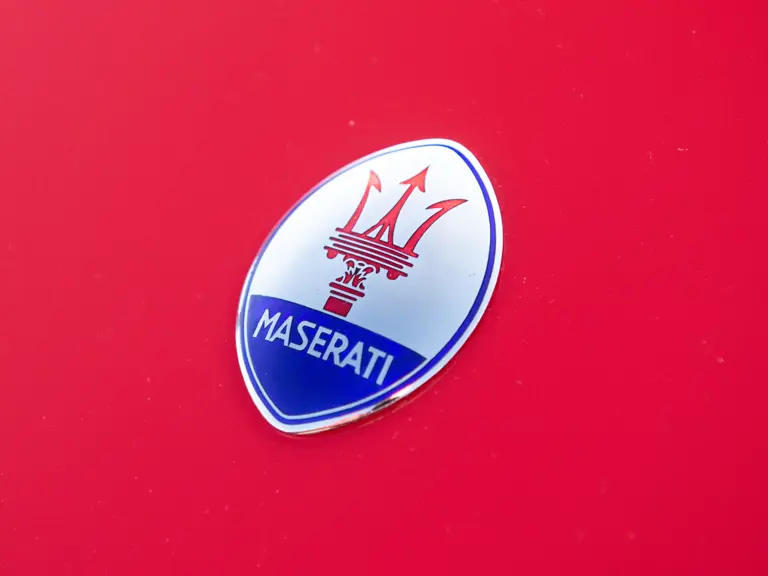

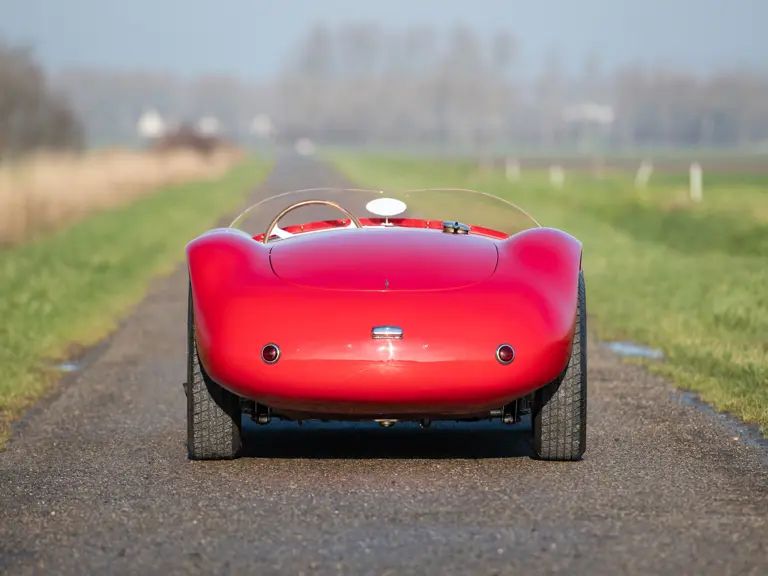


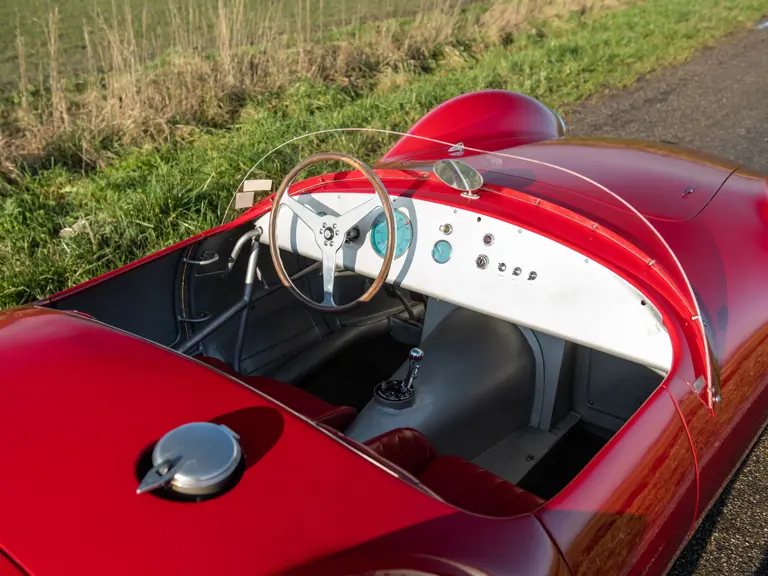
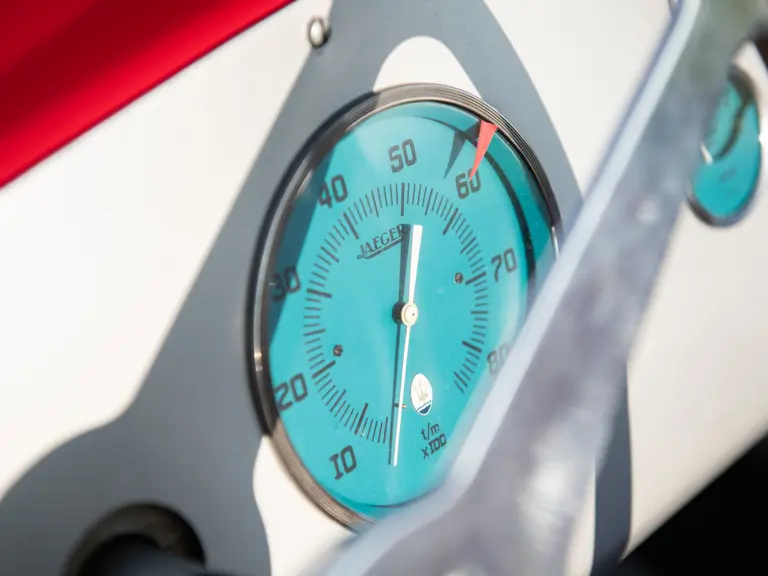
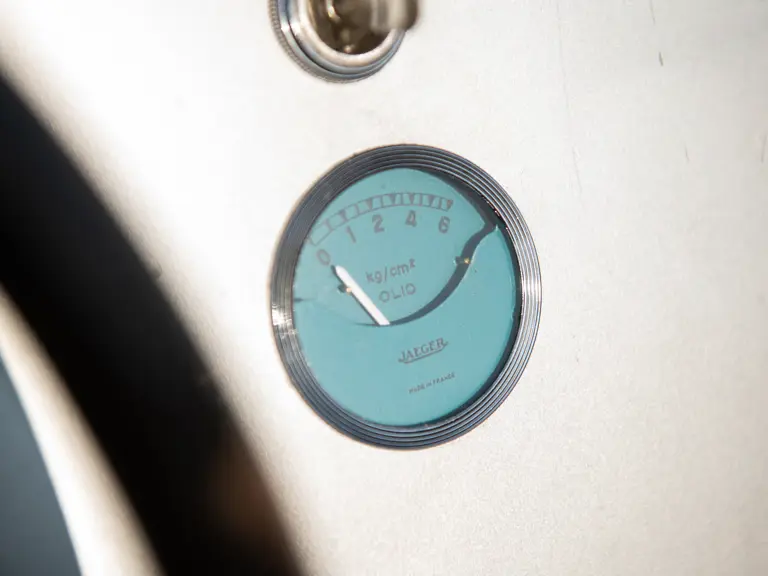
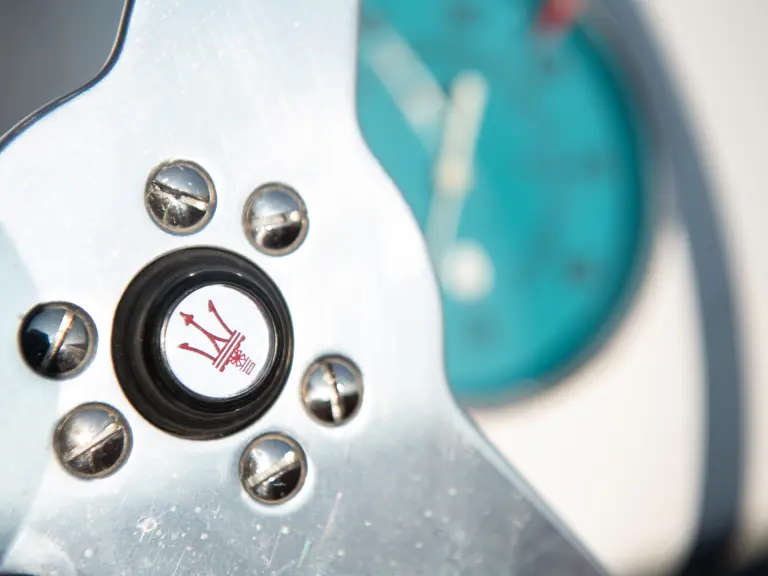


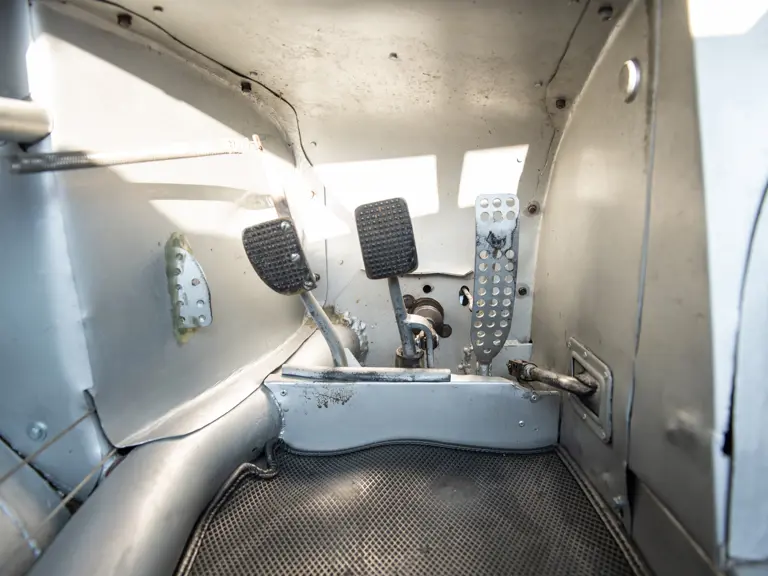
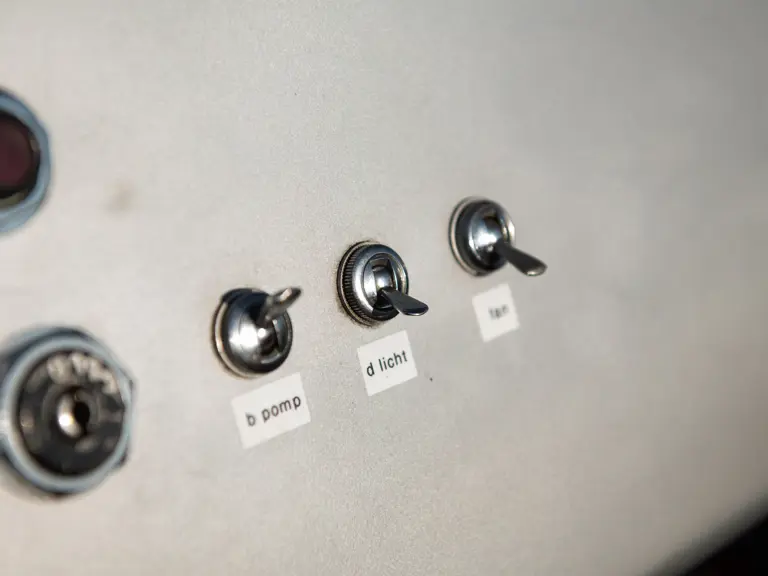

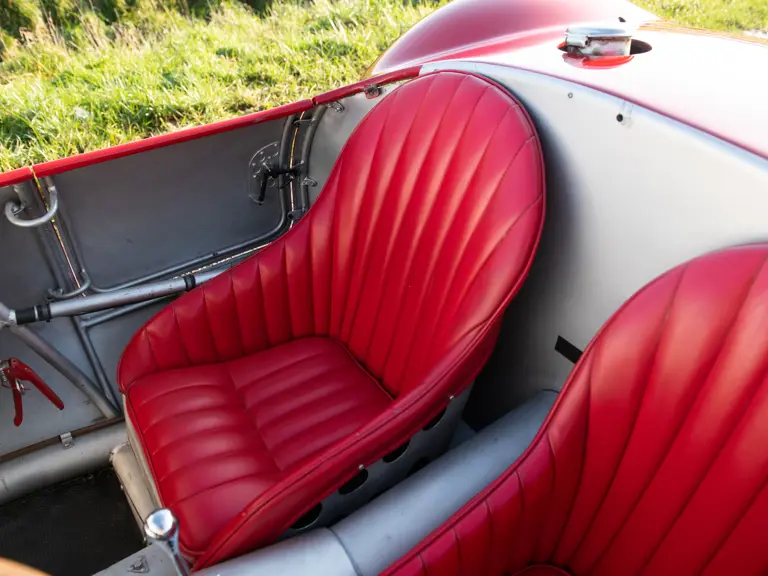

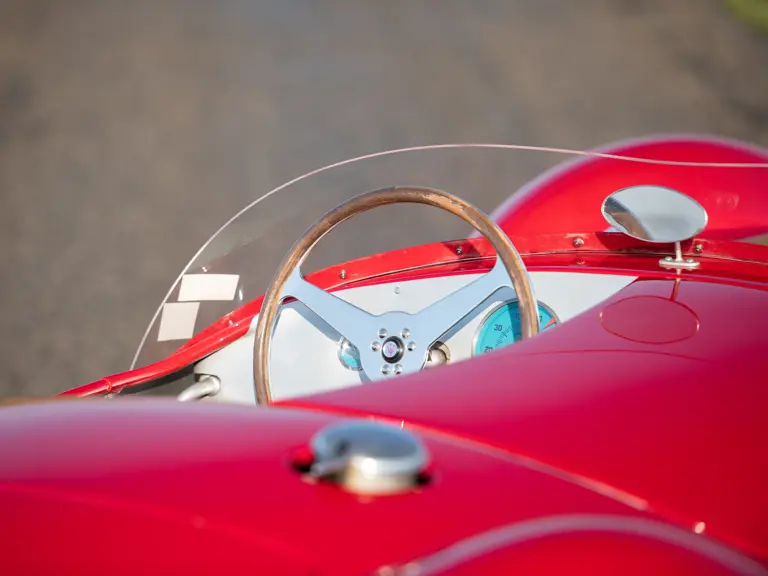

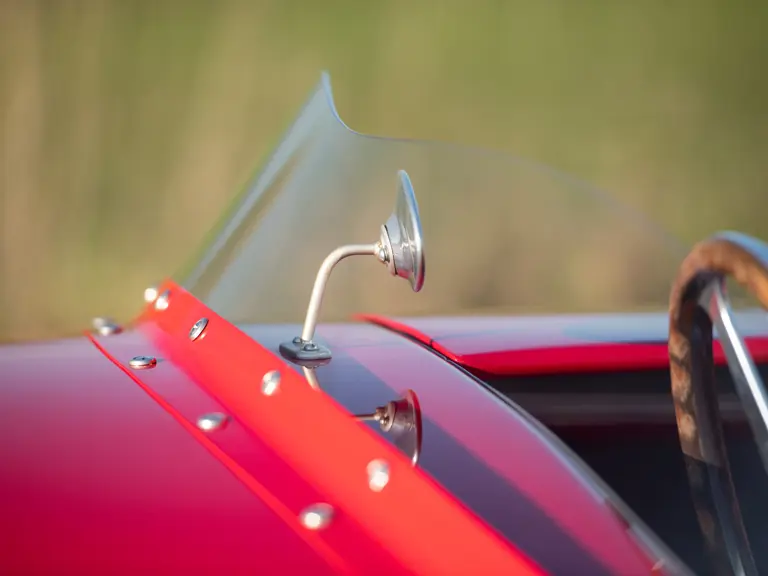



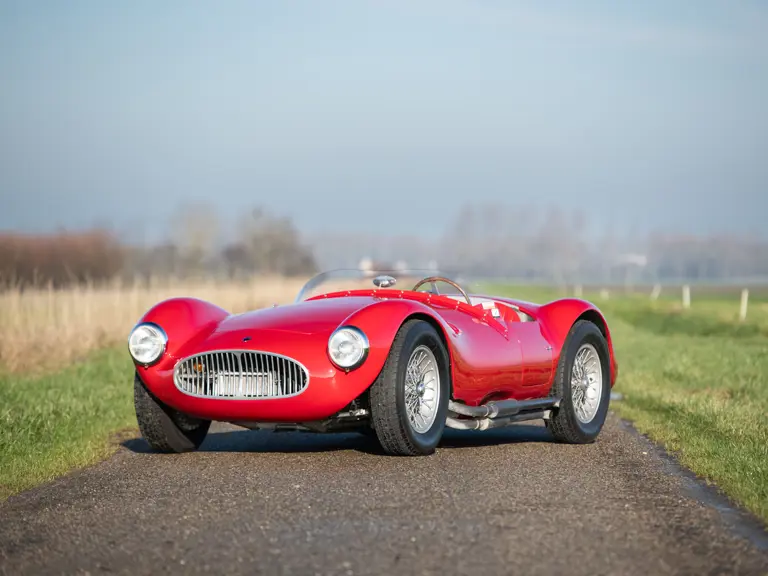

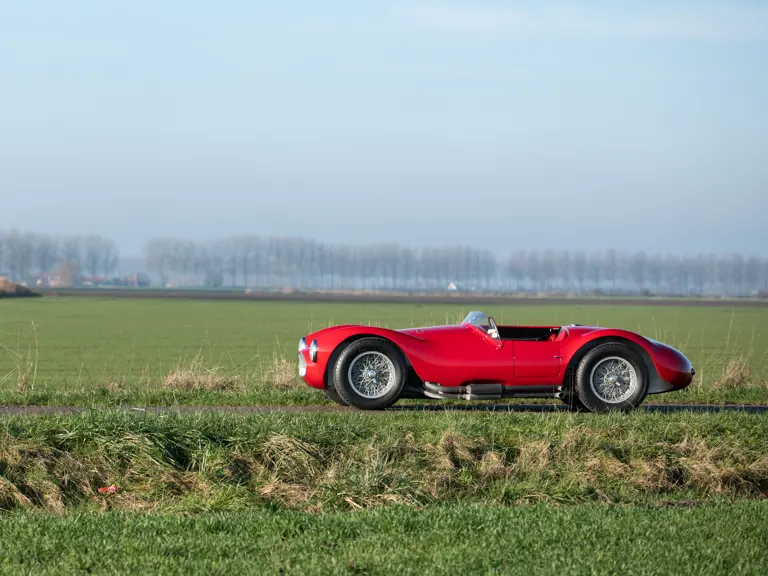

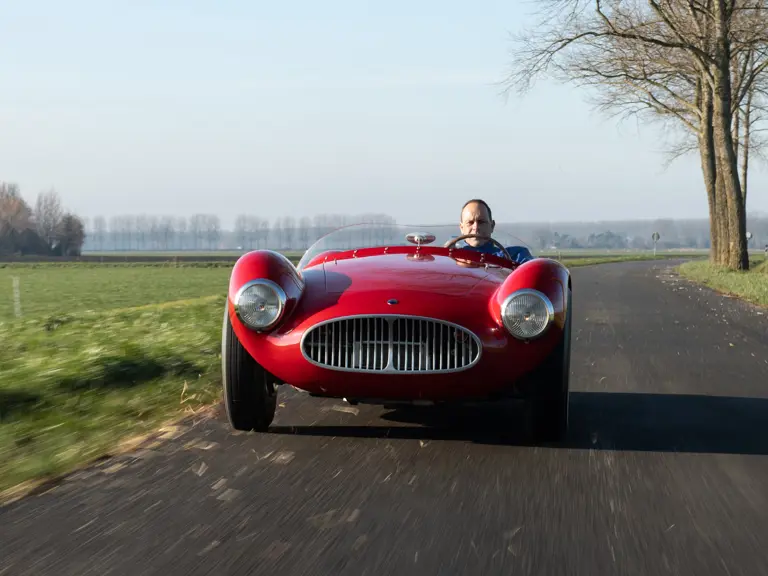
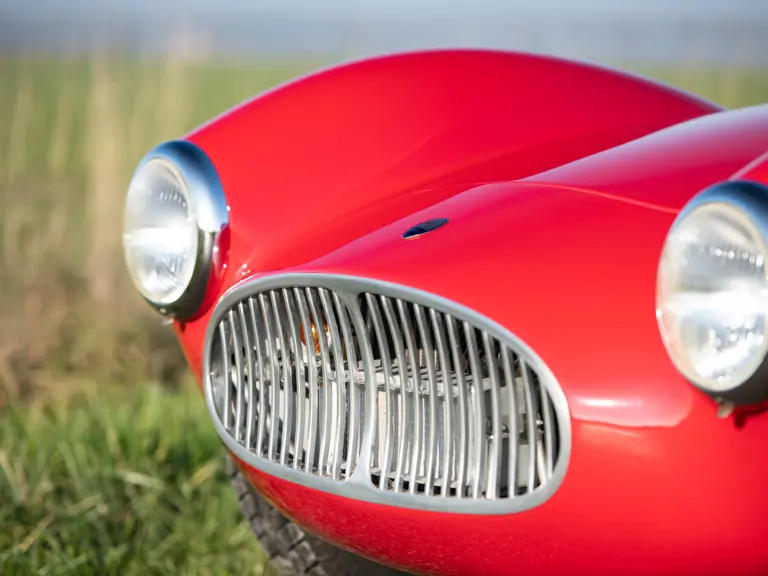
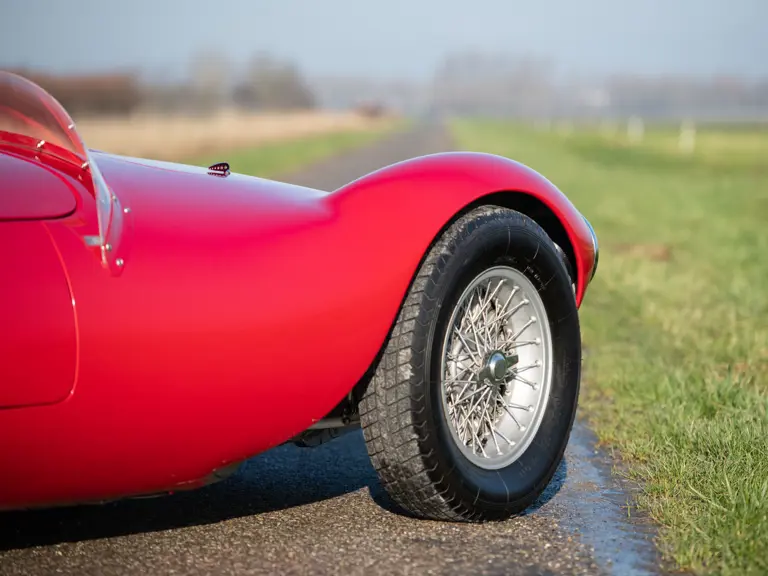

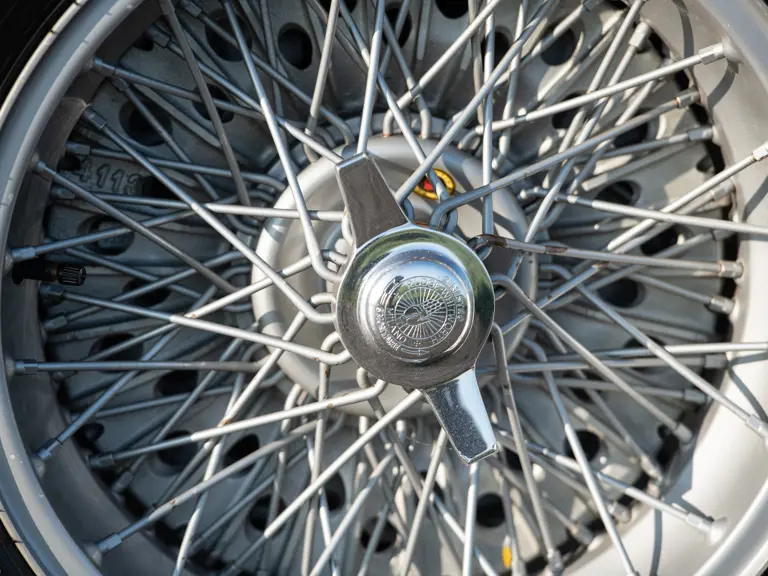
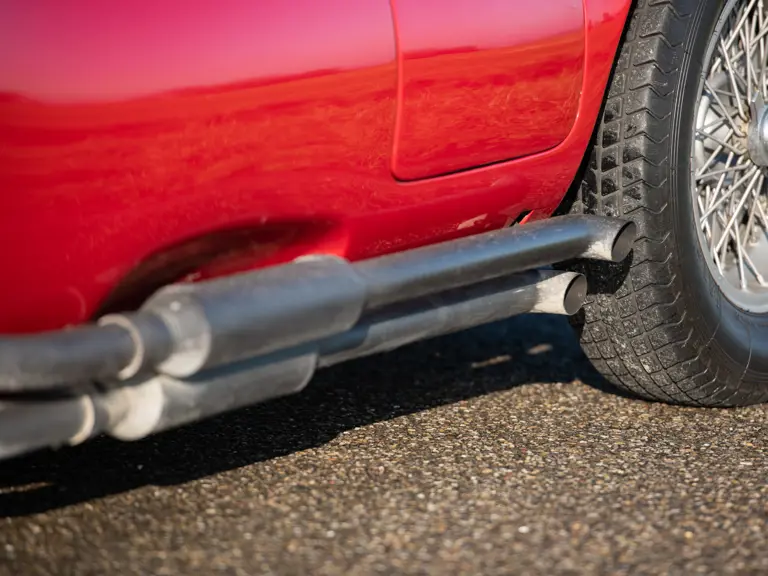
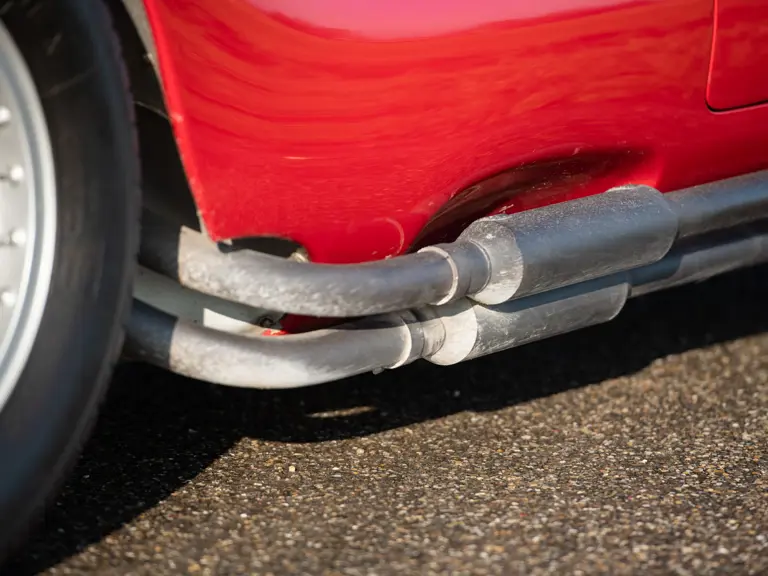
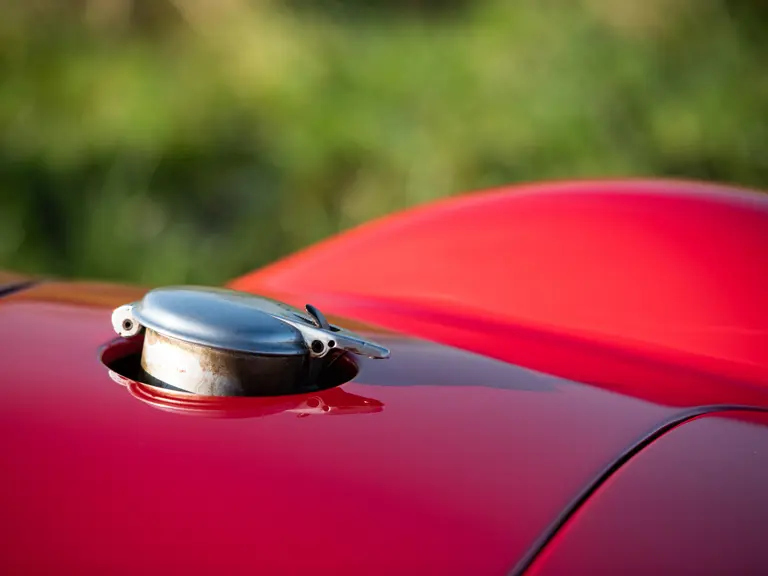

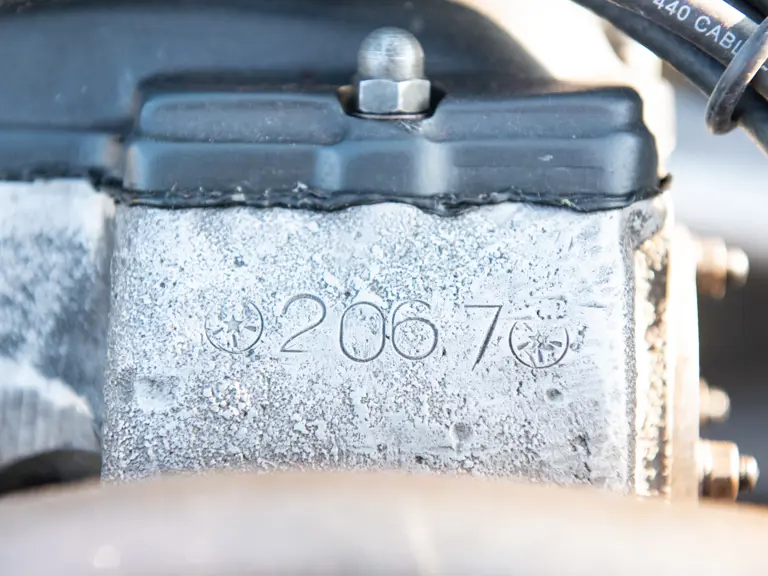
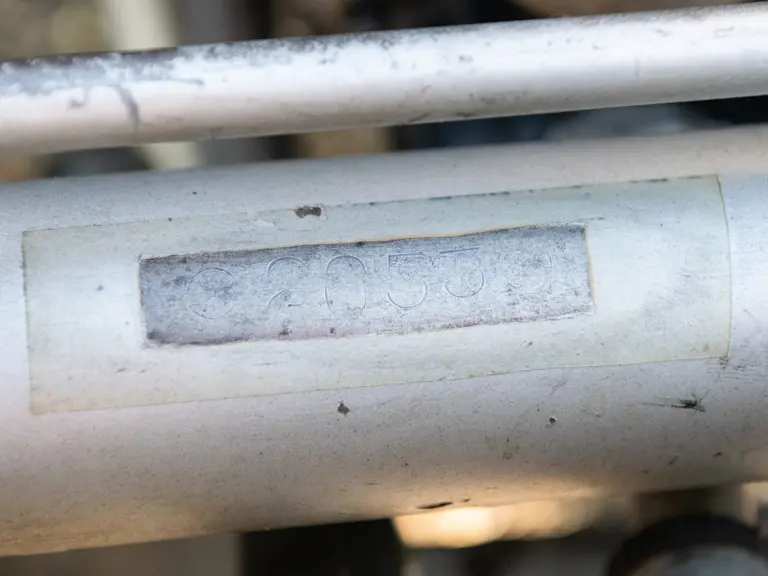
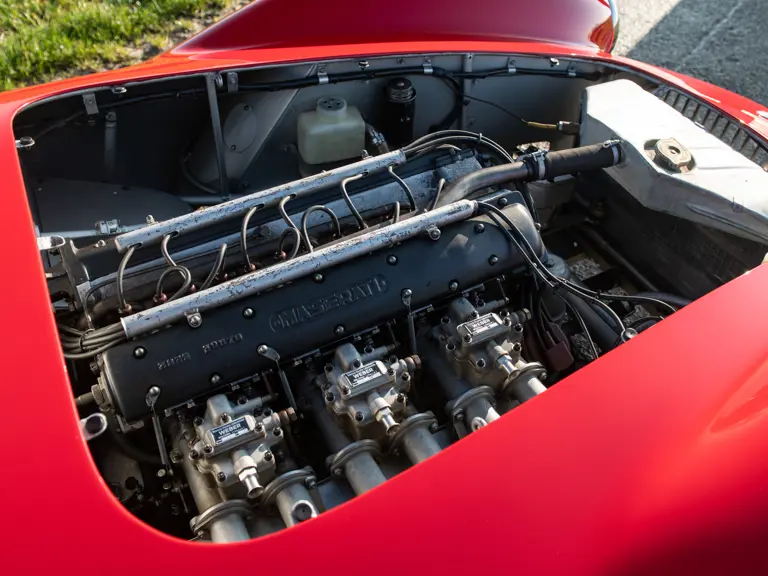
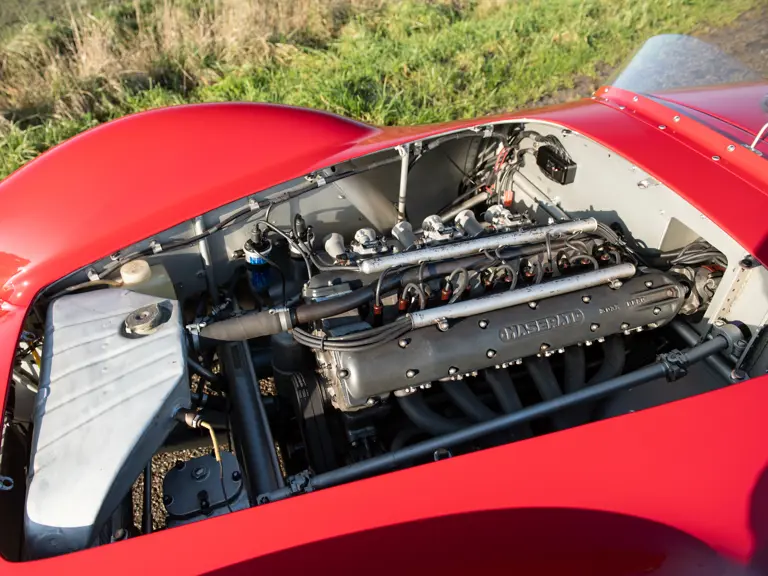

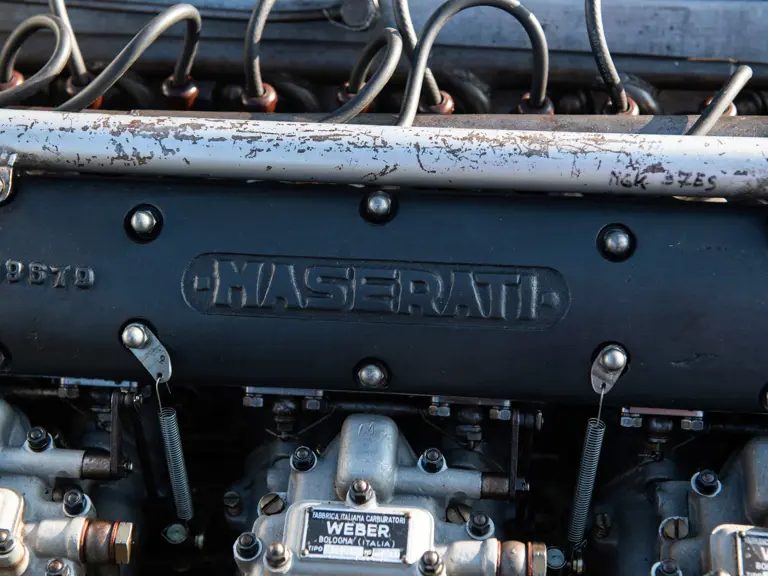
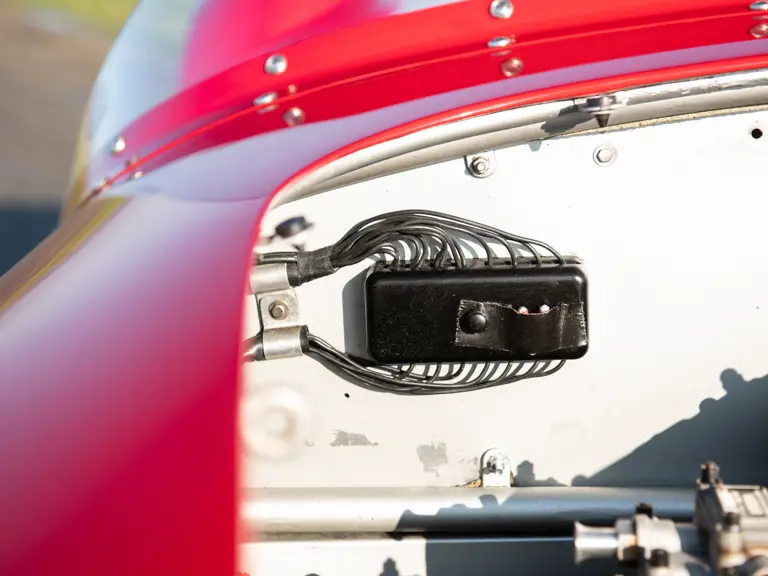
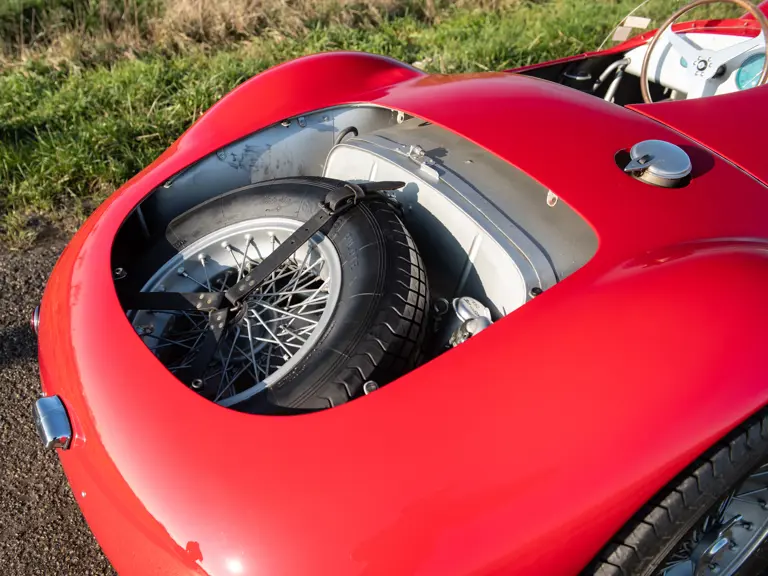
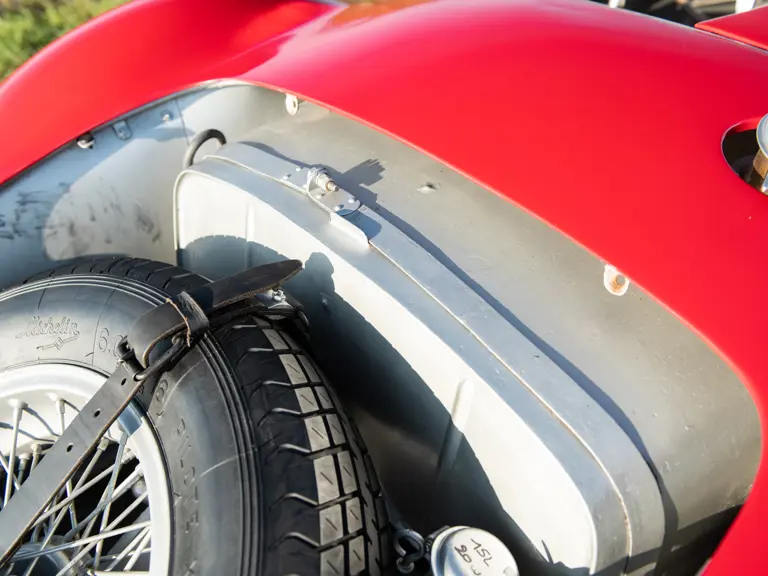

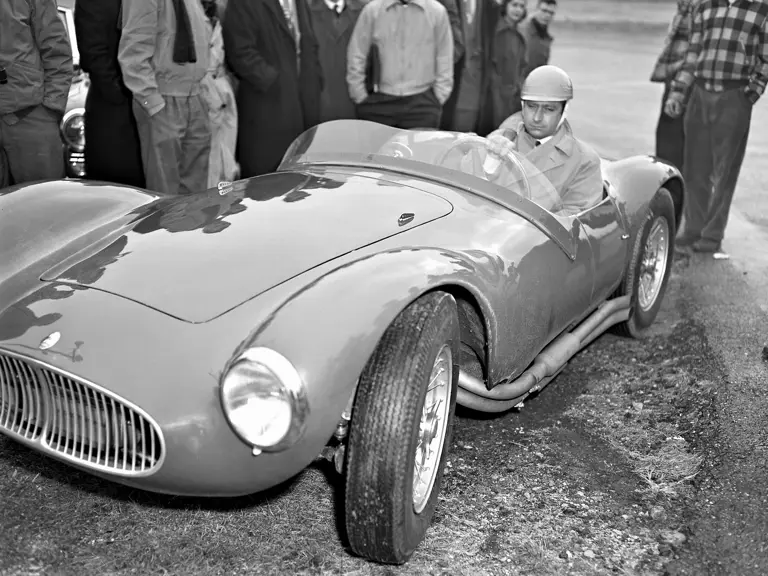
 | Amelia Island, Florida
| Amelia Island, Florida
